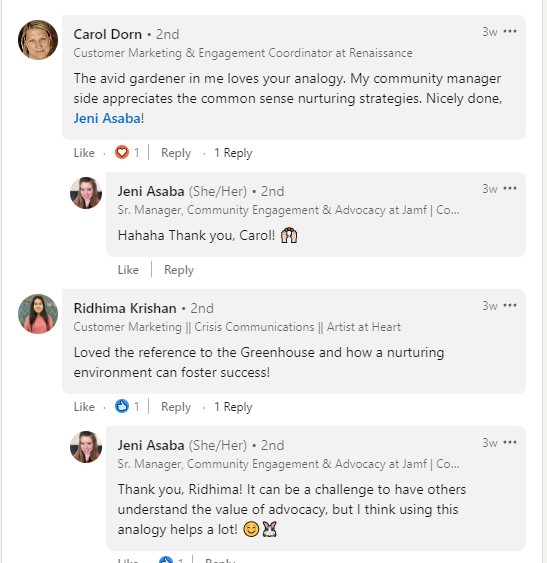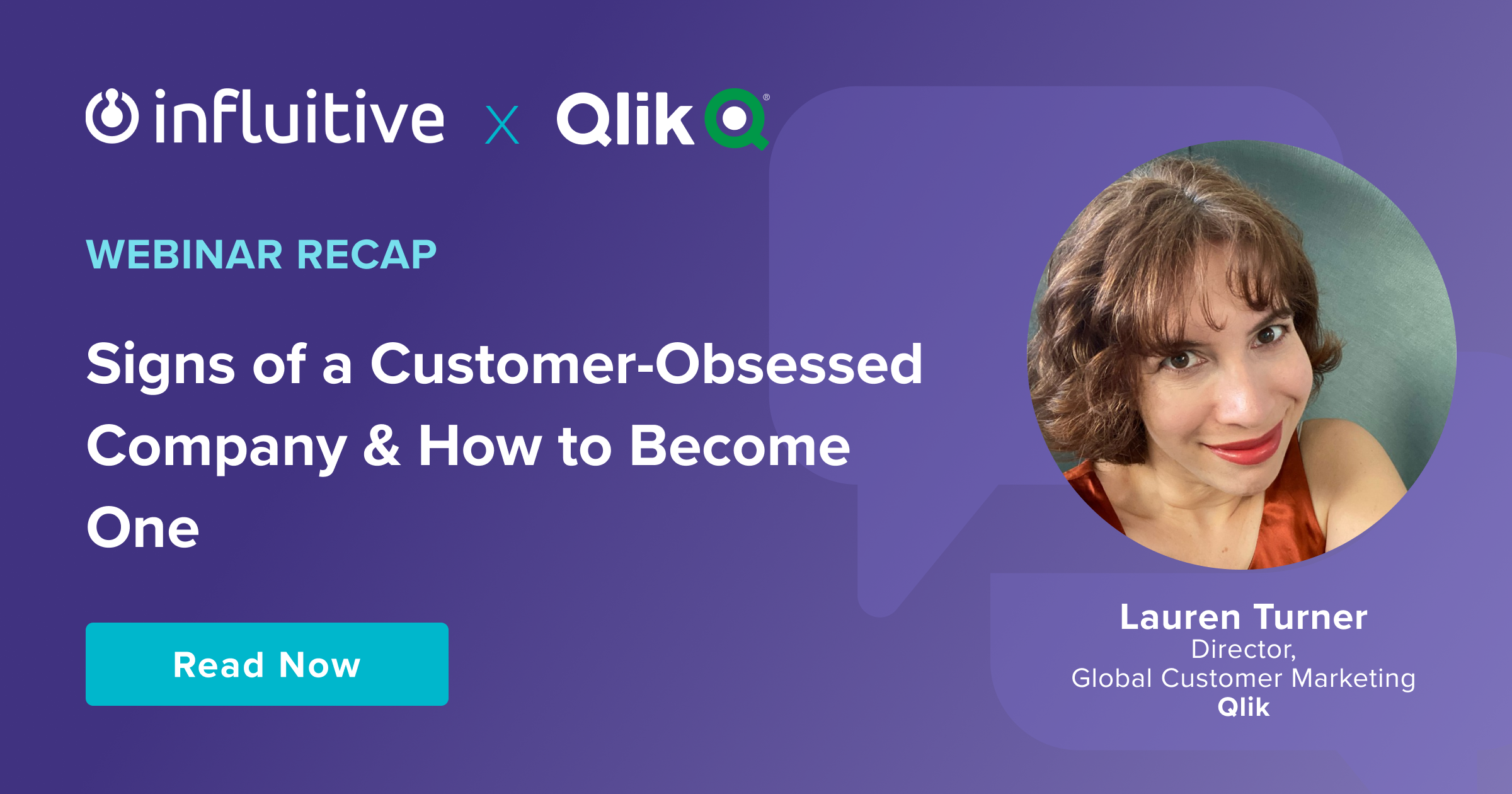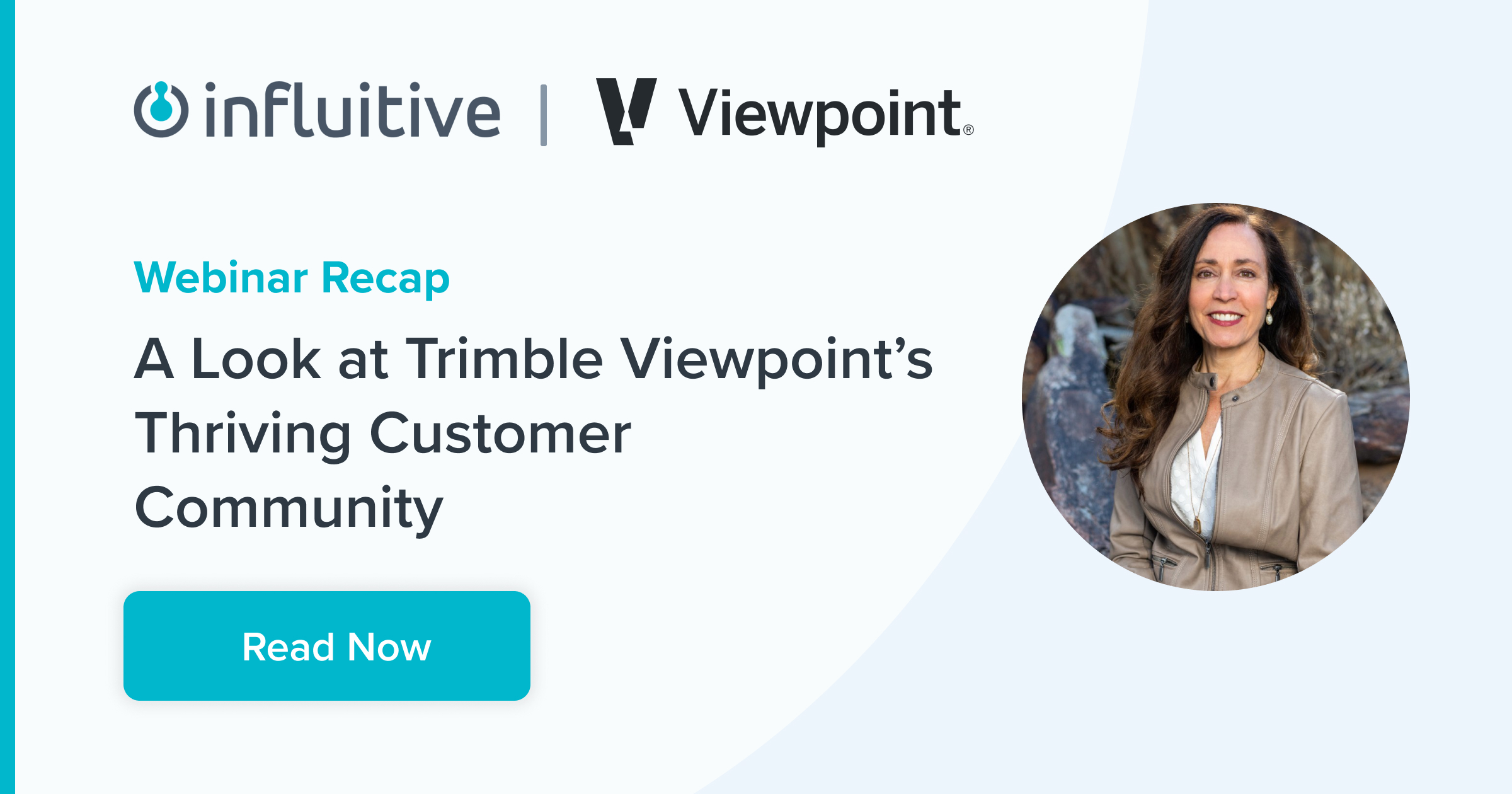What is Customer Advocacy?

What your customers say about your brand matters. Why? Because their word can impact how prospects view your brand before they engage with you.
For example, a SEMRush study found that 88% of people trusted a brand the most when a friend or family member recommended it. This shows us that today’s audiences value trust, demand authenticity, and take what other people tell them seriously.
That’s why brands are investing in customer advocacy.
Customers who help tell the brand’s story are valuable. Customers who inform others about their positive brand experience can push prospects to call you. Customers with empowered voices will stay and deepen their roots with your brand.
It’s no surprise then that our 2022 State of Customer Marketing Report found that 76% of brands said customer advocacy was “very valued” or “extremely valued.”
So, what does it take to start and scale a thriving customer advocacy program? In this blog, we’ll cover that and leave you with tips and examples you can use today.
What is Customer Advocacy?
Customer advocacy is a strategy that nurtures relationships with your loyal customers. In turn, those customers champion your brand, products, and services to their audiences.
However, customer advocacy is the outcome of delivering an amazing customer experience.
So, it’s not something you can force in of itself, but nurture by giving your customers top-quality products and services, memorable experiences, superb customer service, an insider view of the product, and incentives (like rewards, gifts, personal branding opportunities, etc).
Once you win over your customers, you mobilize them into impactful brand advocates.
In a way, a customer advocate is like a spokesperson for your brand. But the real “magic” of customer advocacy comes through the authenticity of the advocate. They’re championing the brand because they genuinely love the experience, products, and services.
Customer advocacy can take a variety of forms, such as:
- Sharing your company’s content through social media.
- Writing detailed reviews on third-party websites/platforms like G2.
- Participating in case studies, speaking engagements, and events.
- Providing testimonials and other forms of third-party validation.
- Helping other customers through a support community or forum.
- Spreading awareness about your brand through word of mouth, especially on social.
Overall, the goal is to amplify the voice of your supporters, mobilize passive customers into your supporters, and win over detractors. To achieve all of this, you need a customer-centric mindset across your marketing, sales, product development, and customer success efforts.
Collectively, these strategies help make your brand stand head and shoulders above your rivals. Not only that, but these efforts can help you retain more customers and generate more revenue from your existing customer base.

Why is Customer Advocacy Important?
Customer advocacy is important because customers are your best marketing and salespeople.
Nowadays, peer recommendations influence over 90% of all B2B purchase decisions. Not only that, but sales teams are engaging prospects at a later stage of the buying cycle. Moreover, the 2019 Gartner Advocacy Survey found that 76% of customers check out at least three advocacy sources before deciding on a purchase.
Benefits of Customer Advocacy
Companies investing in customer advocacy can see many benefits, such as:
Drive Demand Generation
Customers who are pleased with your brand experience could augment the demand generation process. For example, they could provide compelling social proofs, including testimonials, case studies, and reviews. Your marketing team can use those social proofs to accelerate prospects and leads to a purchase decision.
Likewise, word of mouth through customer advocates could drive more prospects to engage with your brand. Some customer advocates may even refer high-quality leads your way.
Amplify Brand Reach on Social
According to a Gartner study, advocates drive more engagement from audiences than celebrity influencers. Because of the advocate’s authentic engagement, your brand builds trust with their audiences. This can translate into more organic sharing and greater reach on social media. So, if people trust what their peers are saying, they may carry that message further.
Public Relations
Your customer advocacy efforts could also translate into positive press and media exposure. A key reason for this is that your customers are authentic and trustworthy sources of validation.
Industry Recognition
On some platforms, like G2, positive customer reviews can help translate into awards and other forms of industry recognition.This can kick off a virtuous cycle of sorts where advocacy leads to recognition and recognition leads to more advocacy.
Talent Acquisition
Potential hires could look into what your customers are saying about your brand. This can give them an idea of your company culture, the work environment, and what others think about you.
Customer Advocacy Examples
Social Sharing and Engagement
Jamf’s Jeni Asaba is helping drive engagement towards an Influitive social post sharing one of her blogs. In this example, Jeni is responding to comments and answering questions. By doing so, she’s helping amplify Influitive on LinkedIn.

Customer Reviews
In this example, a Trimble-Viewpoint customer is leaving a detailed review about one of the company’s software products. Reviews like this give potential customers an inside look at the product and a source of validation.

Customer Referrals
Your customer advocates could fuel your referral program. They’re happy with their experience with your brand and now, they’re promoting it to other people.
TouchBistro’s customer advocacy team uses their advocacy platform to build mutually beneficial, meaningful relationships with their customers.
By providing their customers with restaurant industry specific information, in-depth product knowledge and a space to connect with other restaurateurs and the TouchBistro team, TouchBistro creates stronger connections with their customers, who in turn, spread the word and refer other restaurants to TouchBistro.

Speaking Engagements
Customers can advocate for your solutions on the big stage. In this example, several Influitive customers spoke at the Customer Marketing Summit. They had the opportunity to carry their thought leadership and highlight how they used the Influitive customer advocacy platform to succeed.
5 Tips for a Customer Advocacy Program

Tip #1 – Treat Your Customer Advocates as Special
Customer advocacy isn’t for every customer.
Rather, advocacy is for a very specific group of customers. It’s for people who want to “level up.”
These customers want to be experts in your product and your brand. They want to push their careers forward and grow their networks.
This is an important point because you don’t want to force anyone into advocacy. You want to leverage the people who are the most enthusiastic about your brand.
Tip #2 – Build a Customer Community
It’s difficult to have customer advocacy without a customer community.
Why?
Well, as Kathleen Orazio at Trimble-Viewpoint discussed, a big chunk of the work that goes into delivering an amazing customer experience happens through community.
Your customer advocates want to connect with other customers. In many cases, these people are often the only person in their specific role in their company. So connecting with others like them gives them contacts who understand their unique issues and priorities.
A community is a great way to build those connections. But you don’t want to leave it as a passive thing in the background. Rather, take active steps to connect advocates with each other. For example, you can set up meetups, 1-on-1s, etc.
Tip #3 – Create a Link to Your Organization
Your advocates want a deeper relationship with your brand. It’s a good idea to give them an inside look into your company and your products/services.
You can connect them with key team members involved in product development, marketing, customer success and more. You could also connect them to opportunities for beta testing or focus groups. This actively involves your advocates while positioning them as experts about your brand and product to their employers and their wider audiences.
Tip #4 – Provide Rewards and Incentives
Build a deep grasp of who your advocates are. Look beyond who they work for and learn about the people who are engaging you. This will give you an insight into what drives them to action.
Your customers are many different individuals. So, each person will ‘click’ with different rewards and incentives. Not everyone is the same.
Lauren Turner at Qlik developed a framework based on the ‘5 Love Languages’ to understand what resonates with her customers.
You’ll find people who love gifts, but not everyone needs them. Others prefer acts of service (like helping them with a tech support issue), words of affirmation (e.g., shout-outs), quality time (like interacting with other customers), or to be more involved with your company.
Speak to your customers to understand who they are and build a healthy mix of rewards and incentives that engage everyone.
Tip #5 – Have Fun!
Jeni Asaba at Jamf makes having fun an integral part of her customer advocacy efforts.
Don’t think of customer advocacy as a transaction. In fact, advocates who are having fun will engage more with your brand. They’re people, so excitement, celebration, and entertainment are always welcome.
It’s also important to show your advocates that you appreciate them. Consider sending “thank you” notes and small gifts. Not only is this a good way to show them that they’re on your mind, but they might share your gesture with their audiences!
Learn more about customer advocacy
With Influitive, your advocates fuel business growth and customer success
Whether you want to generate more leads and references, drive more customer success, or even improve future products through direct customer feedback, Influitive has got you covered. We’re ready when you are.














































